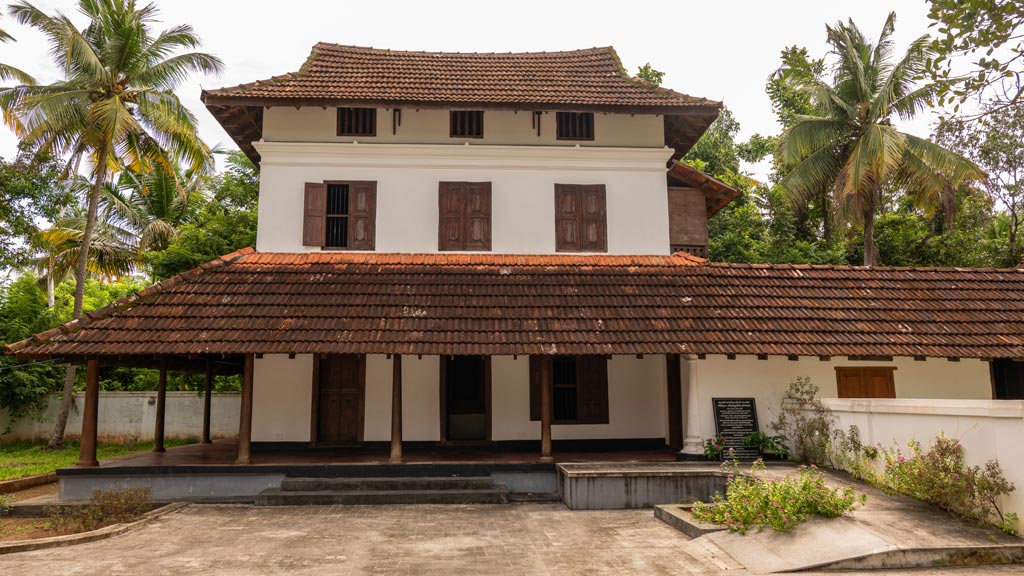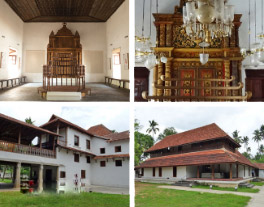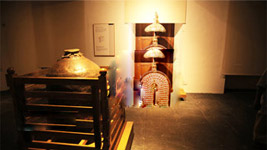Abdul Rahman Sahib Museum

Mohammed Abdul Rahman Sahib (1898-1945) was a freedom fighter, Muslim leader and scholar from Azhikode in Thrissur district. His contribution to the freedom struggle was significant in that he participated in the Salt Satyagraha in 1930. He was subjected to severe lathi charge, and put in Kannur Central Jail. He also worked towards peace and harmony when the land was torn by communal riots. His house, built in the traditional Kerala architectural style known as nalukettu, has now been converted into a museum.
The museum showcases the sacrifices made by and the achievements of Mohammed Abdul Rahman Sahib as a social reformer and a freedom fighter. The museum pays tribute to the leaders and the unsung heroes of our nationalist movement. There are video displays, information boards and documentaries installed in the museum multimedia system that provide detailed accounts of Abdul Rahman Sahib and his contribution to the freedom struggle.
Architecture
As a traditional homestead of ancient Kerala, this double-storeyed nalukettu building consists of a number of rooms, courtyard and an open verandah. There are three openings to the building, one positioned to the west, and rest to the east. The ground floor has four rooms around a central courtyard that opens to the sky. A staircase at the northern side of the central courtyard leads to the first floor that has two small rooms.
The museum is close to the Marthoma Church, Azhikode beach, the archaeological site of Cheramanparambu and the Kodungallur Bhagavathy Temple. The museum is situated at a distance of about 7 kms west of the Cheraman Juma Masjid, one of the first and world-renowned mosques in India.
 Nearest railway station: Aluva, about 32 kms and Ernakulam, about 42 kms.
Nearest railway station: Aluva, about 32 kms and Ernakulam, about 42 kms. Nearest airport: Cochin International Airport, about 36 kms.
Nearest airport: Cochin International Airport, about 36 kms.
